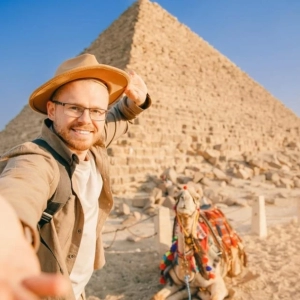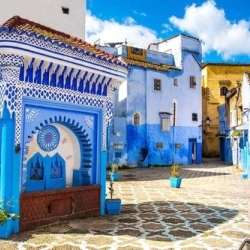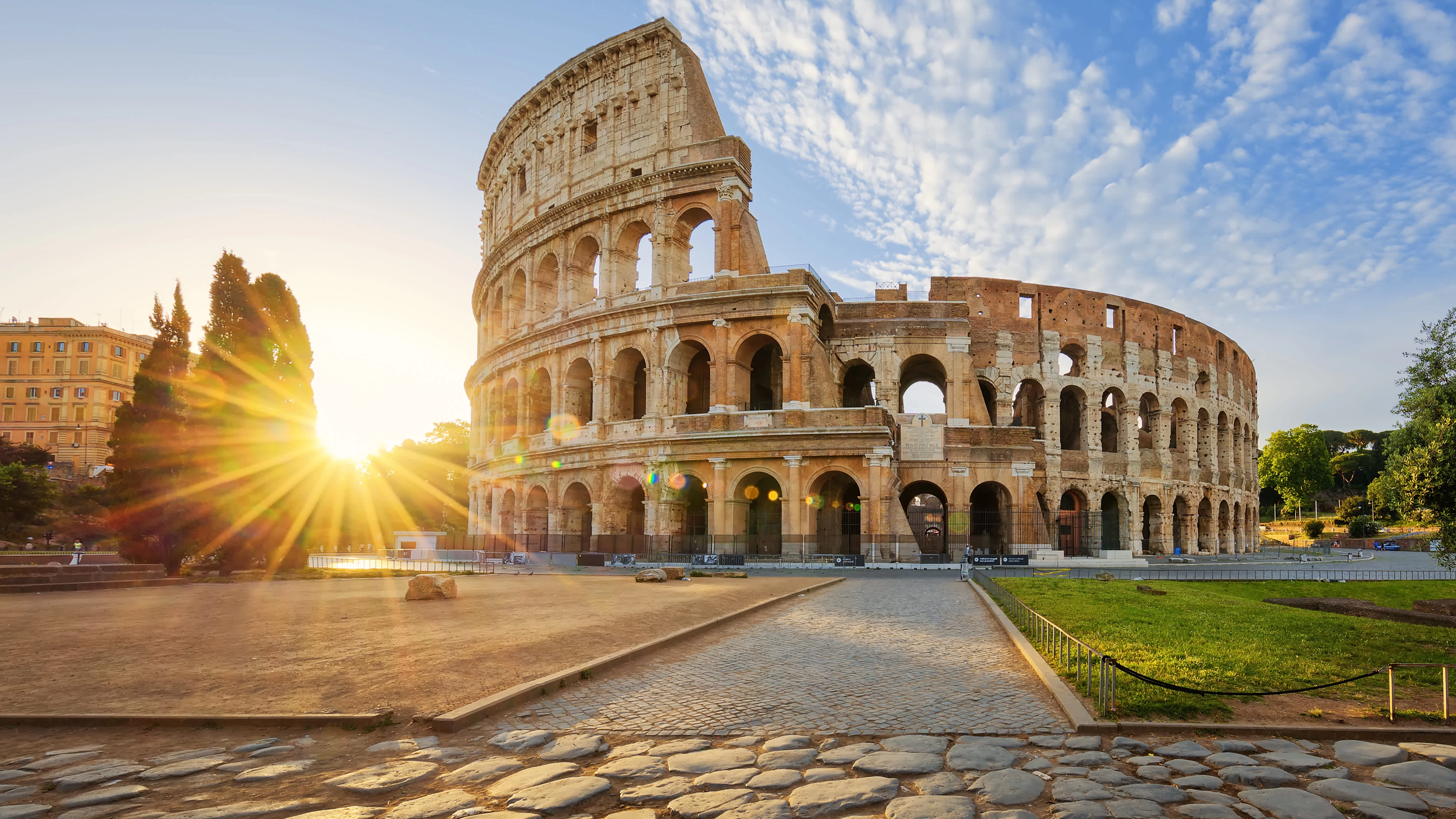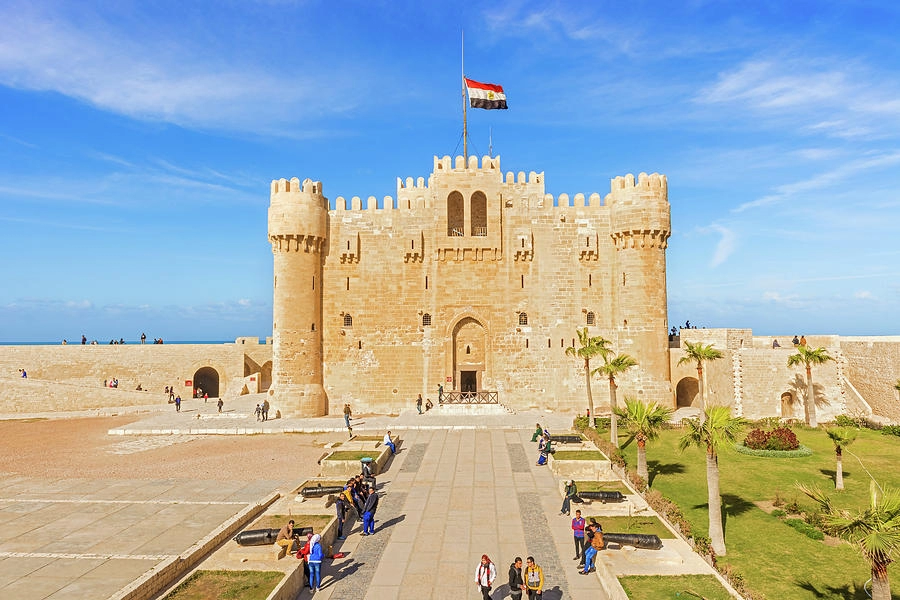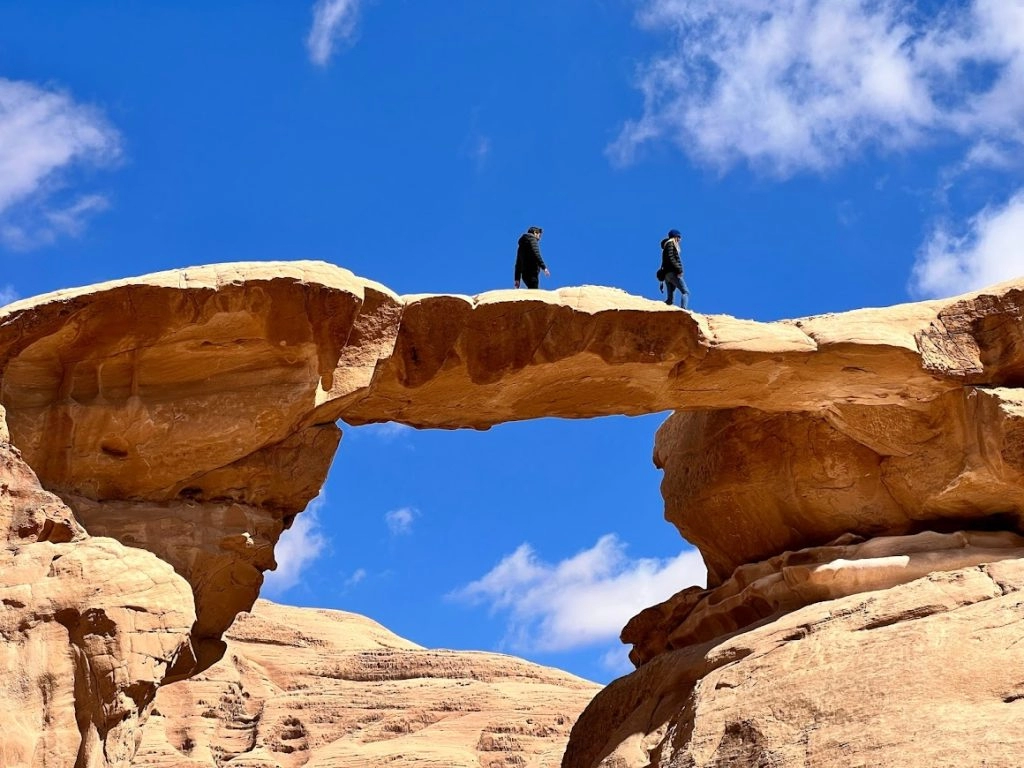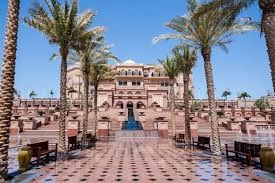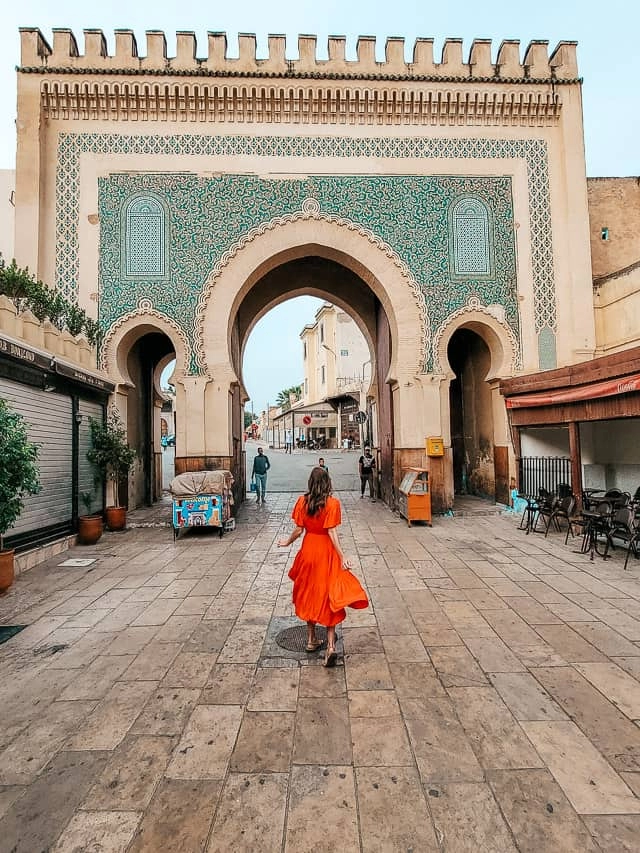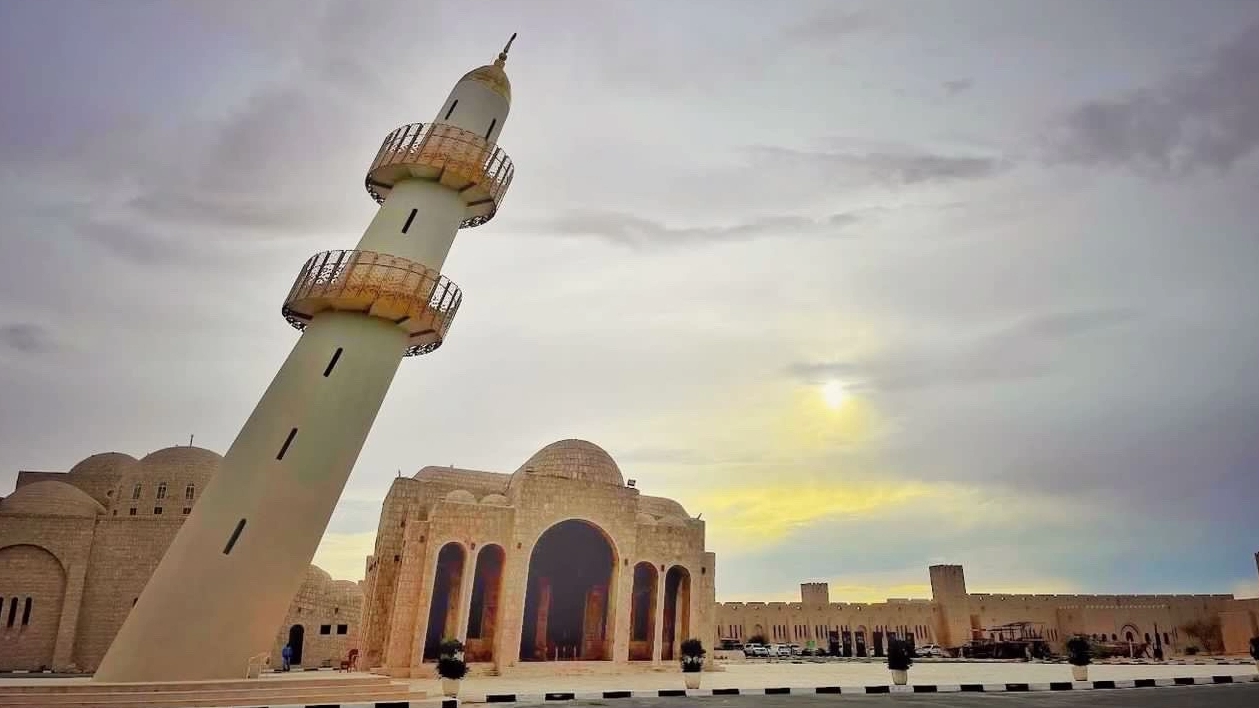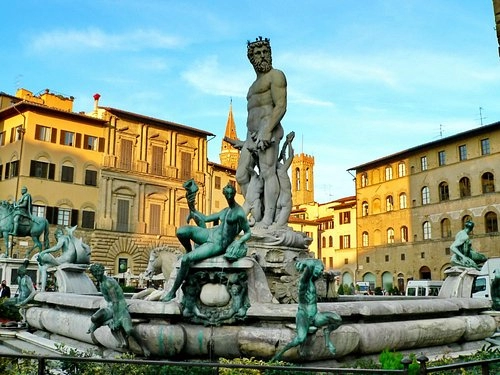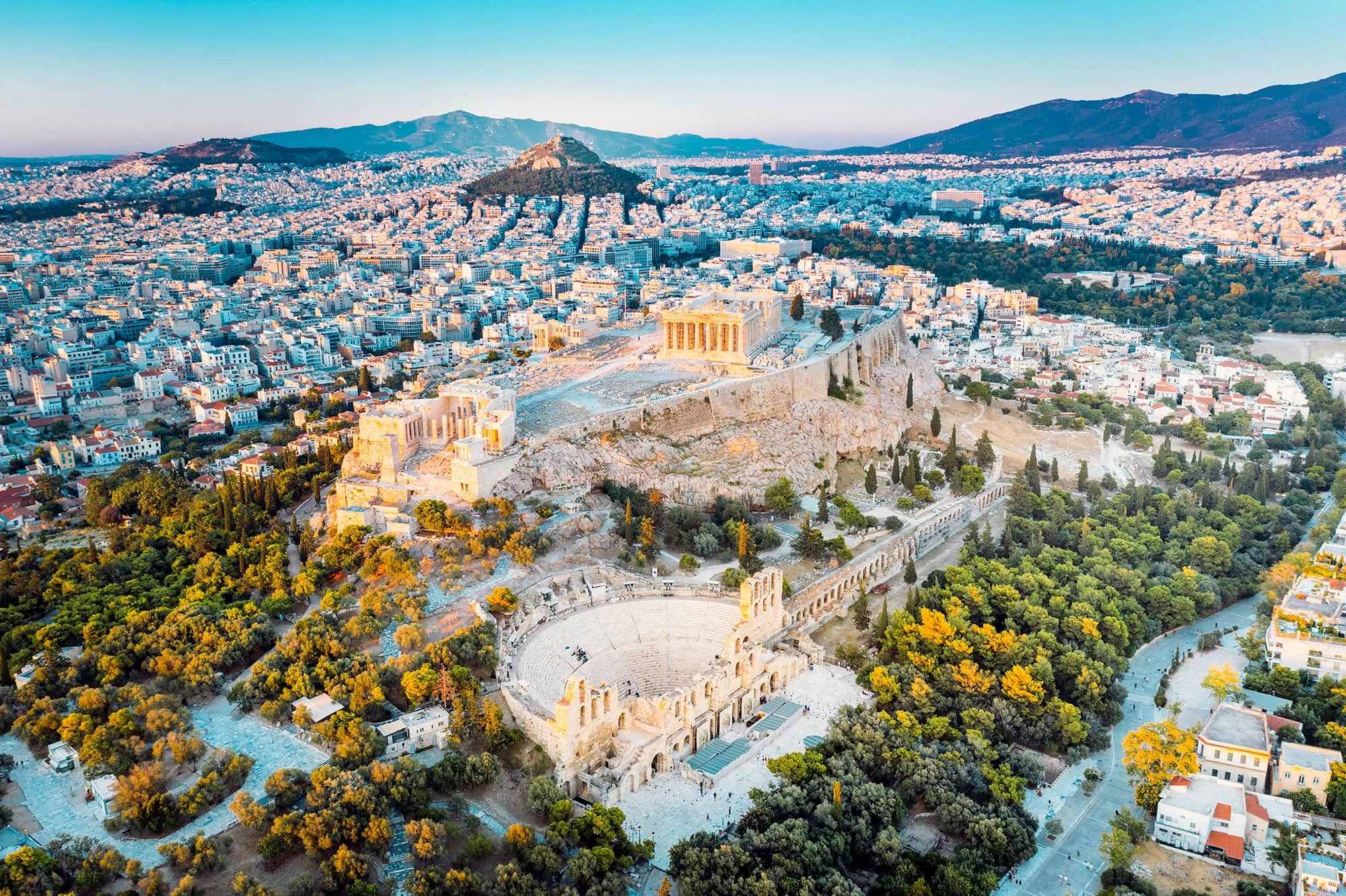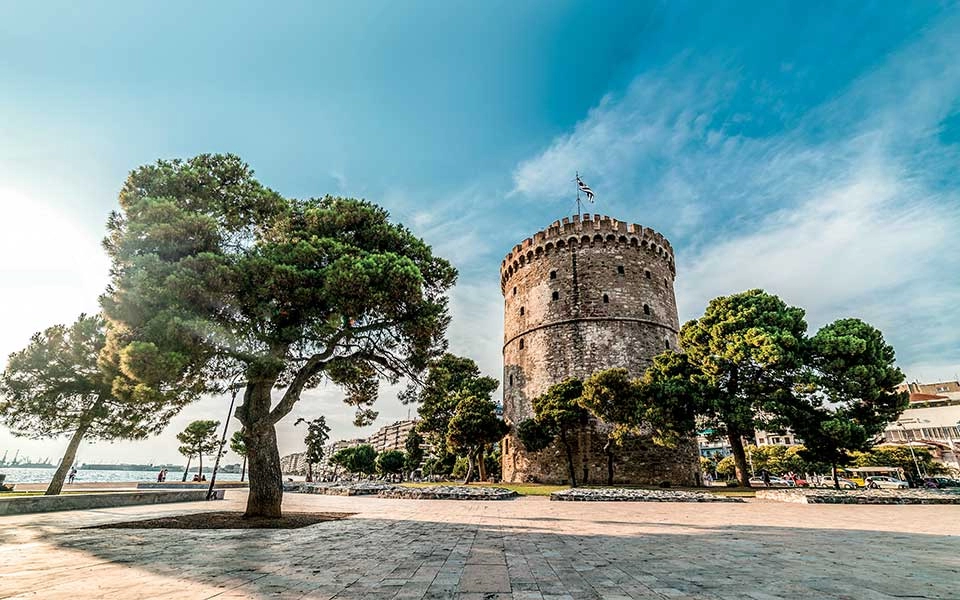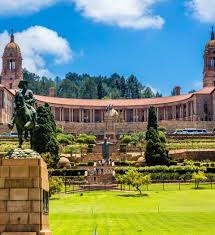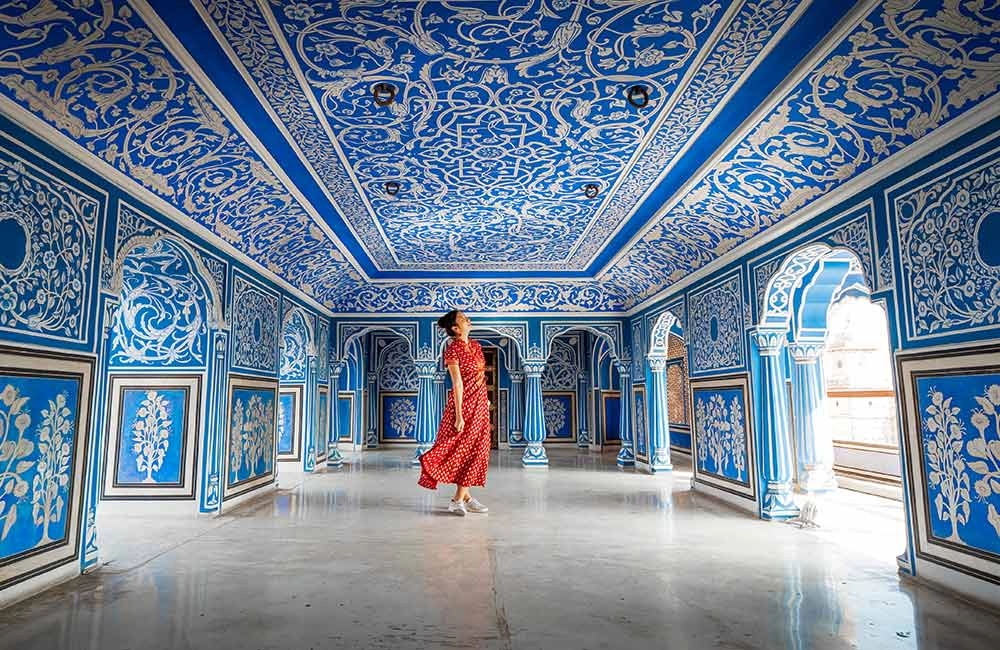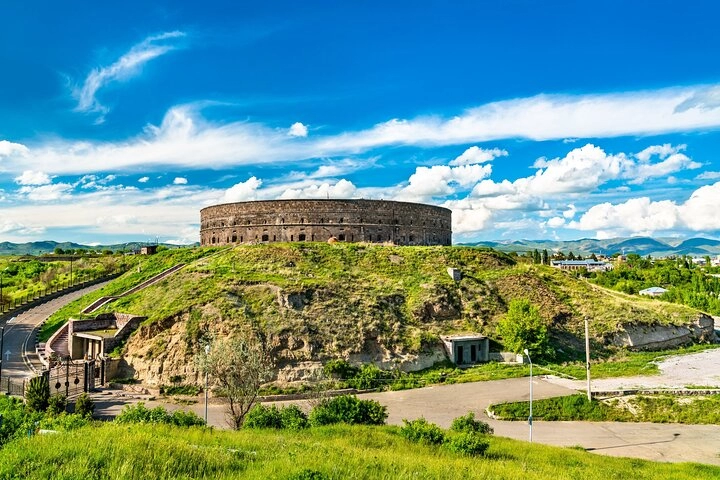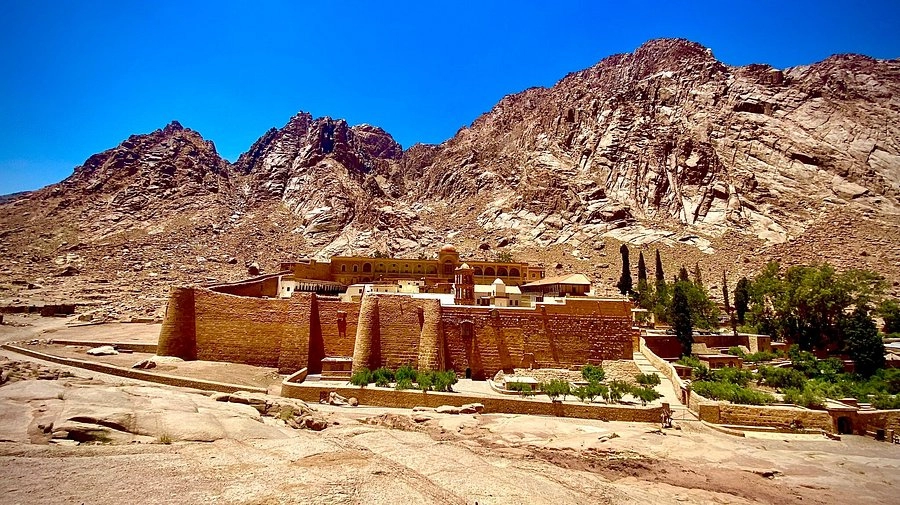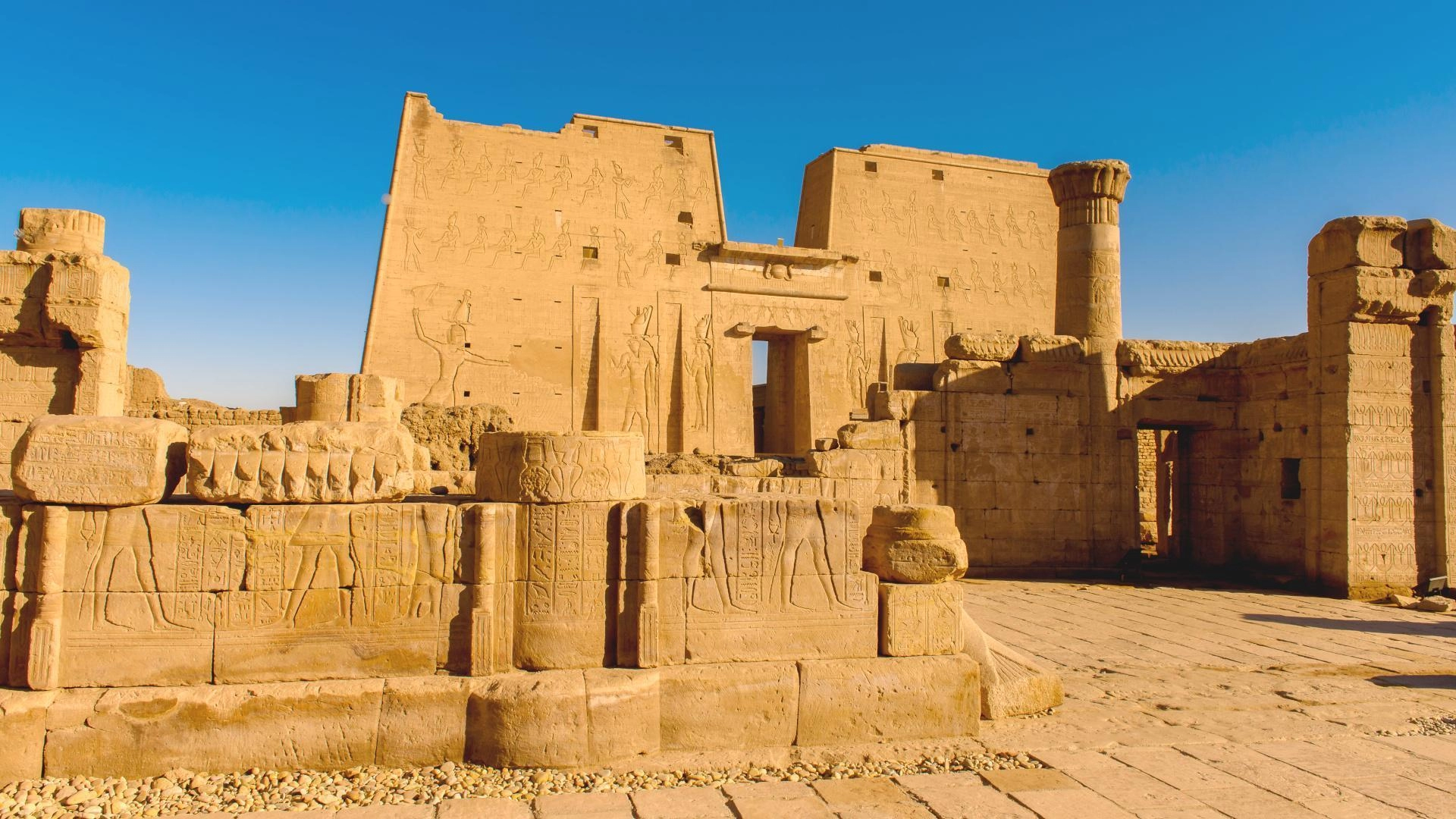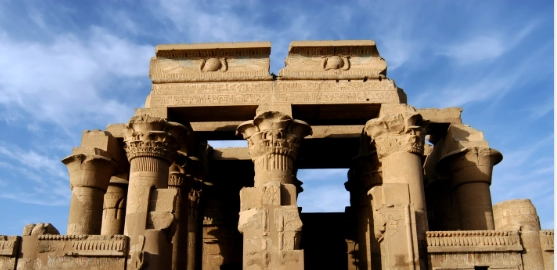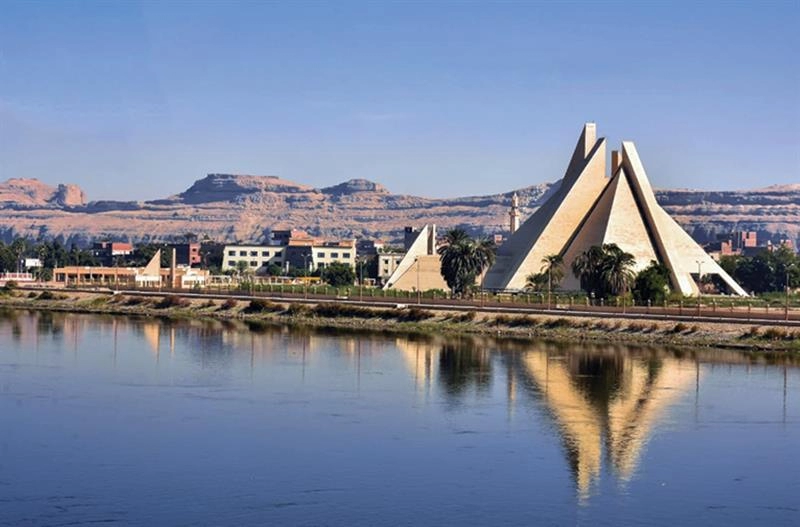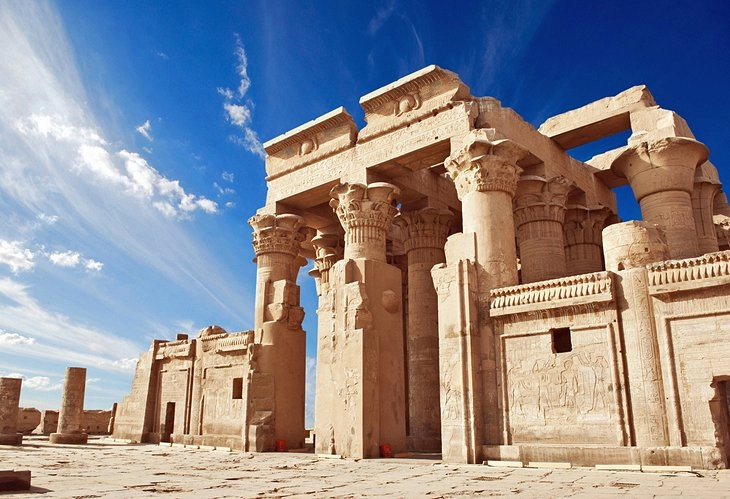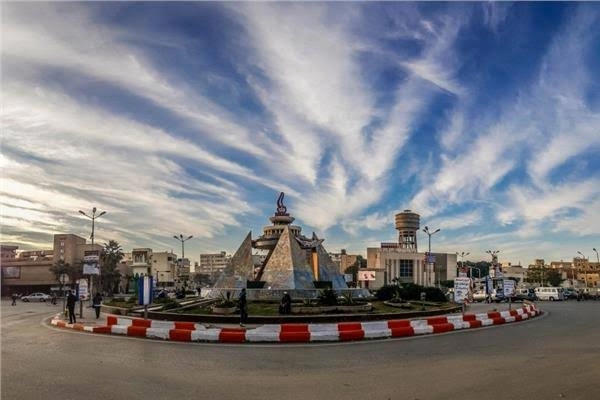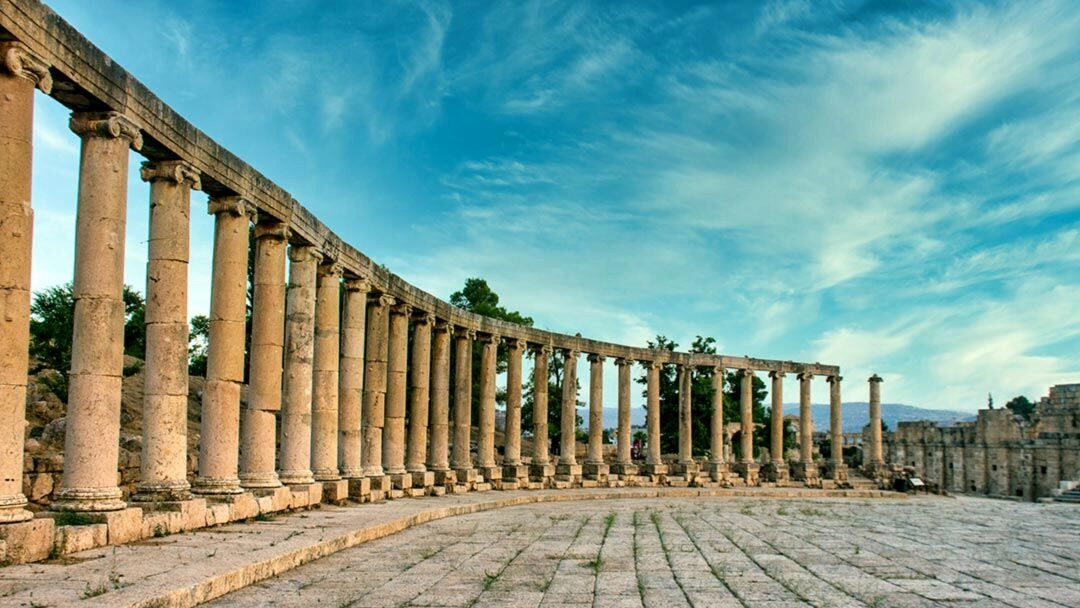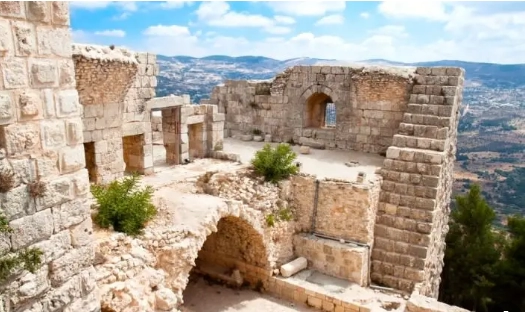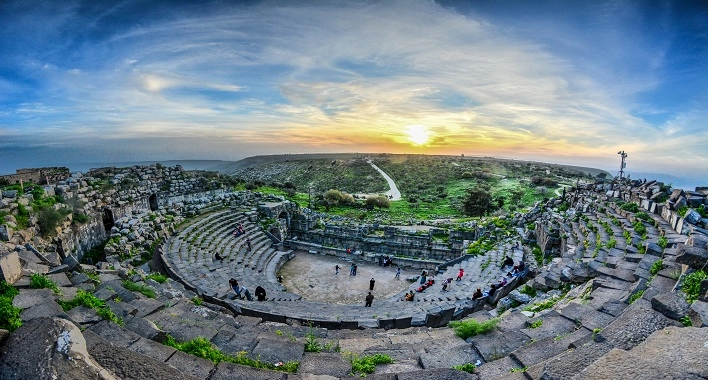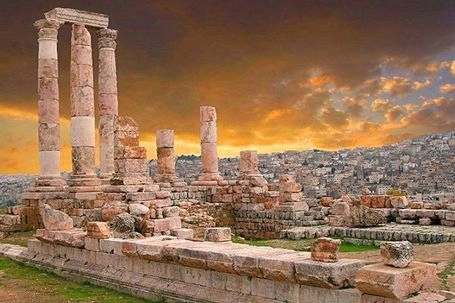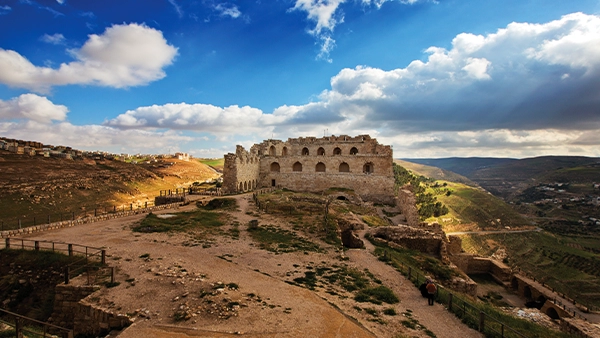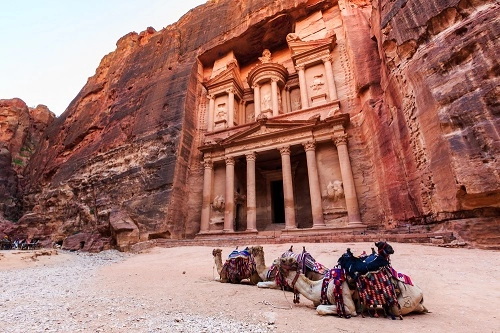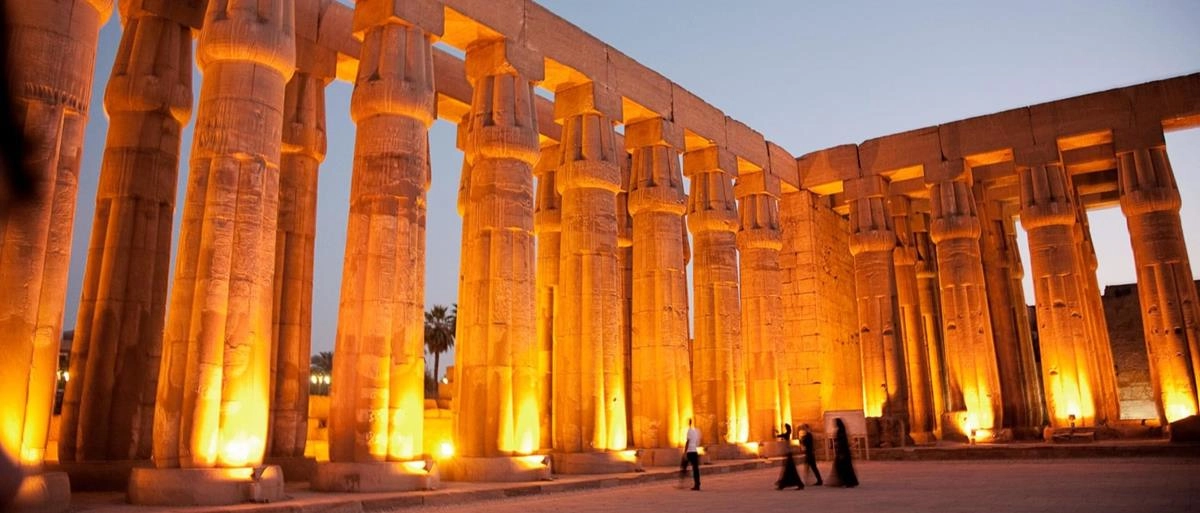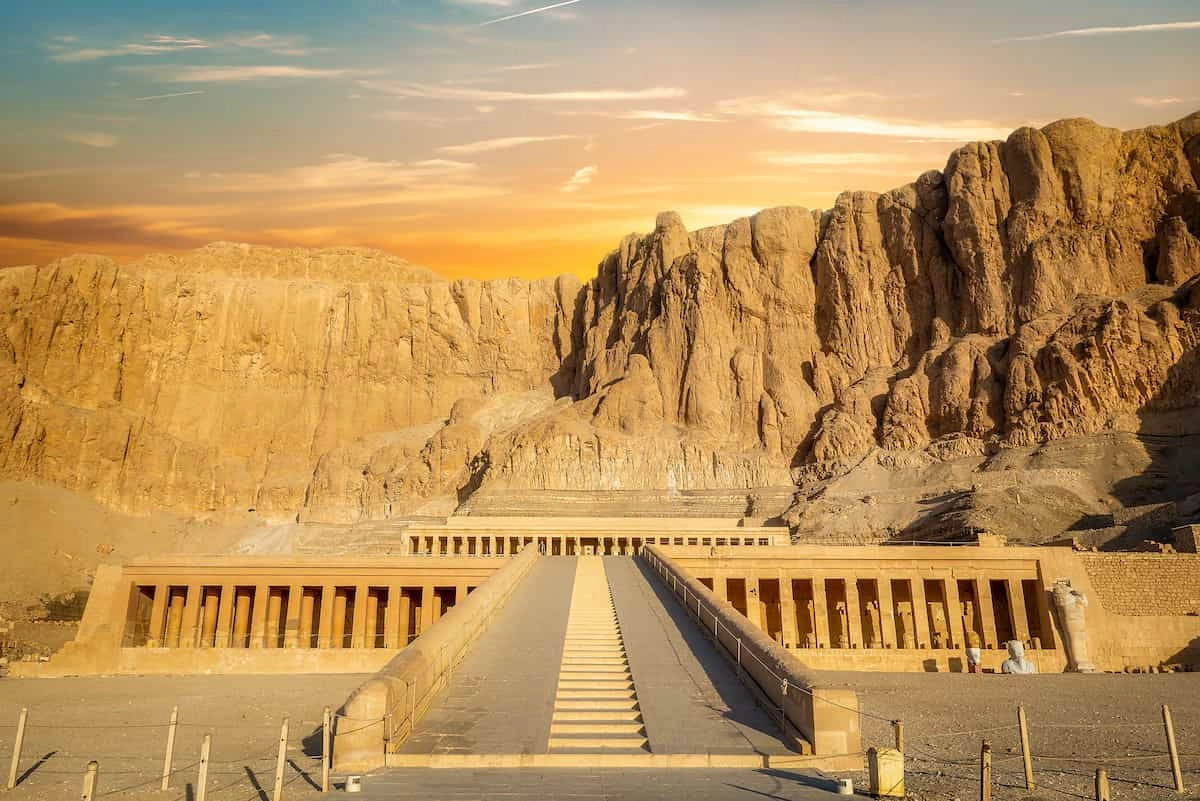Luxor Temple, one of the most magnificent ancient monuments in Egypt, is located on the banks of the Nile. The temple was constructed more than 3,000 years ago and was then a venue for splendid rituals honoring the gods and the divine power of the kings. Even today its giant statues, high columns, and night lighting of gold are still narrating the story of the splendour in ancient Egypt.
A Temple Constructed for Deities and Monarchs
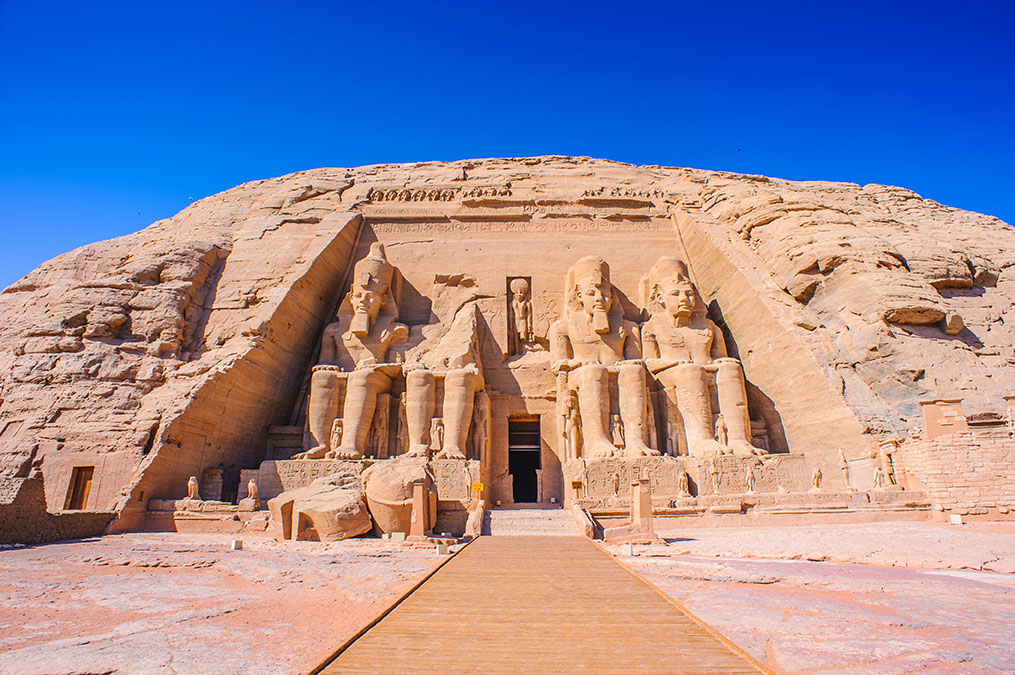
Luxor Temple, built around 1400 BC by Pharaoh Amenhotep III and extended by Ramses II, is one of the most impressive architectural sites in Egypt. Pharaohs and their godly counterparts were not portrayed in separate shrines; they were represented as one divine unit in this temple complex of Amun, Mut, and Khonsu. The sanctuary played a central part in the yearly Opet Festival, during which the deities’ statues, depicting Amun, Mut, and Khonsu, were carried from Karnak to Luxor—to indicate purification and resurrection.
Architectural Wonder Over the Periods
Standing in front of the great sandstone structures of the temple feels as if one is going back to an entirely different universe. The first pylon, erected by Ramses II, is adorned with gigantic statues of the great king and was once in company with two obelisks—one of them is now in Paris at the Place de la Concorde.
The hall of columns, which has 14 enormous columns shaped like papyrus, leads into the superbly ornamented dark rooms where the bright pictures of gods and pharaohs, the offering process, and the ceremonies are carved in lavish detail. Every part discloses different segments of Egypt's extensive and thrilling history.
A Time Travel Experience
Luxor Temple, over the period of centuries, was evolving still. The Romans turned portions of it into a military castle and then a Christian church was erected in it. Even the small mosque called Abu Haggag Mosque is presently still there sitting on the remains, which reflects that the location has been venerated continuously for thousands of years.
The overlapping of religions and times render Luxor Temple to be not only an archaeological site of the past but also a dynamic reoccurrence of Egypt's and the whole world's ever-lasting spirituality.
Luxor Temple at Night
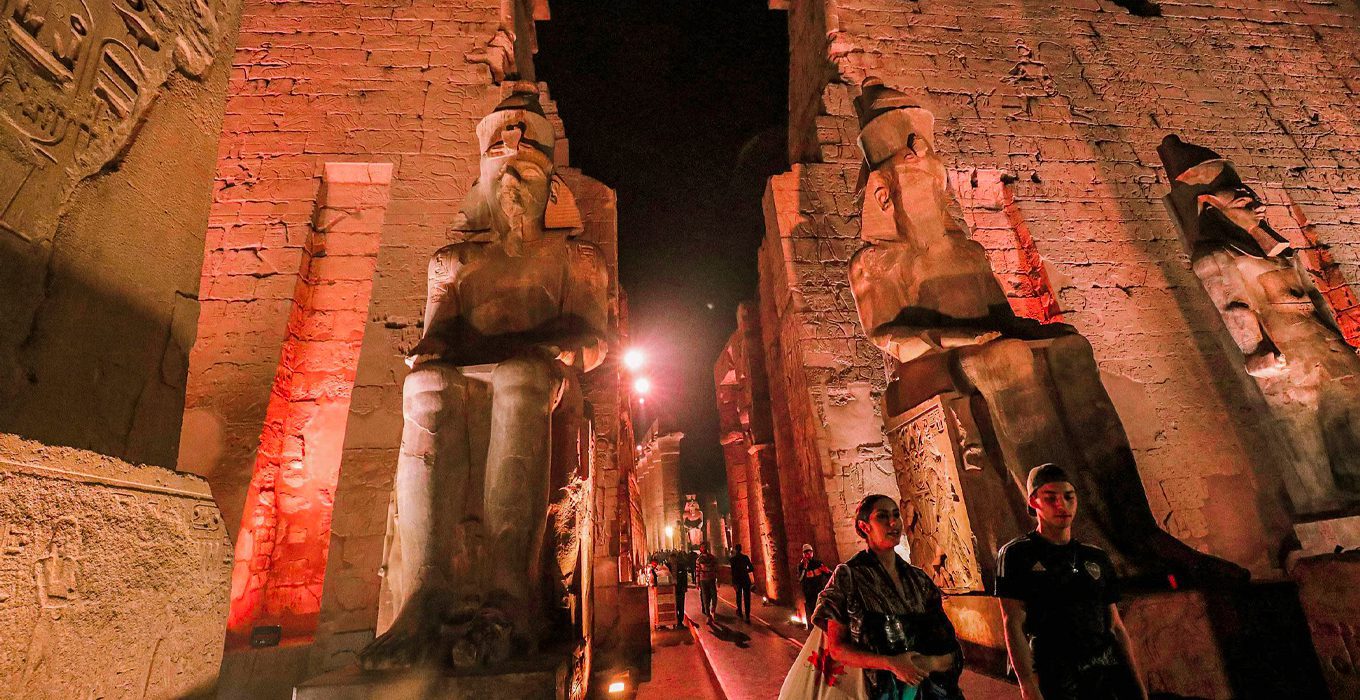
The moment when the sun goes down Luxor Temple becomes an even more stunning sight at night. The huge columns and figures are illuminated with very soft golden light and receive the type of shadow that makes the carvings appear very lively. Being there at night is a once-in-a-lifetime experience — a serene, practically magical atmosphere that links up the ancient past with the present.
Luxor Temple Visit
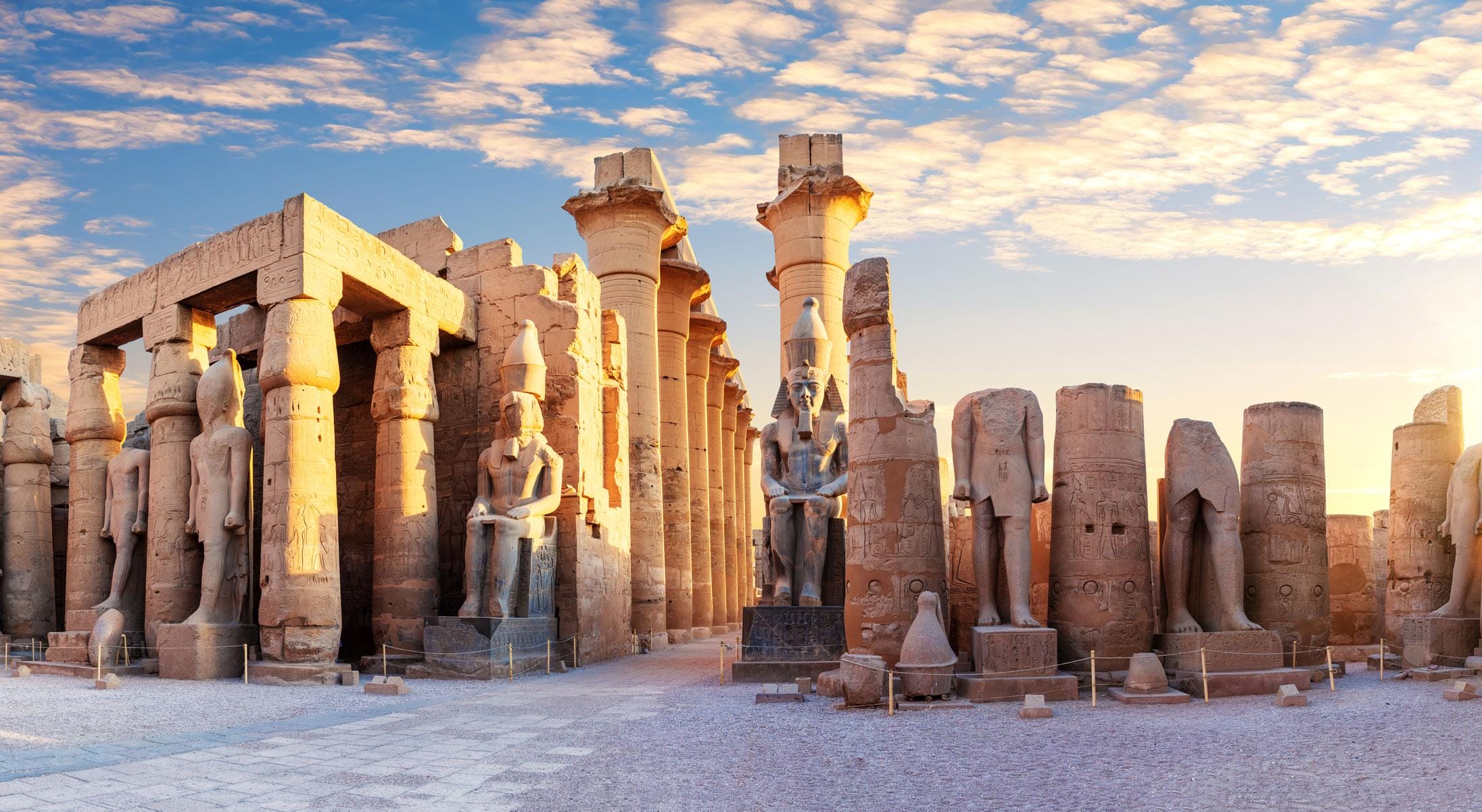
The temple is right at the middle of Luxor city, on the East Bank of the Nile, making it very easy to visit and it is open night and day. One can visit the temple along with the nearby one called Karnak, which is linked by the old Avenue of Sphinxes, a three-kilometer-long route, where hundreds of stone sphinxes stand on either side.
When you go, plan to spend at least an hour enjoying its magnificence and also take your camera — particularly at sunset, when the temple is lit up with golden light.
Conclusion
The Luxor Temple is an archaeological site but, above all, it’s a timeless piece of art that shows the heart and soul of Egypt. With its huge statues and sacred rooms plus living history, every corner tells the tales of kings, gods, and the eternal spirit of Thebes. It is like the walls of Luxor Temple are whispering the very essence of ancient Egypt to you.
 Places to see
Places to see Top Destinations
Top Destinations  Things to do
Things to do